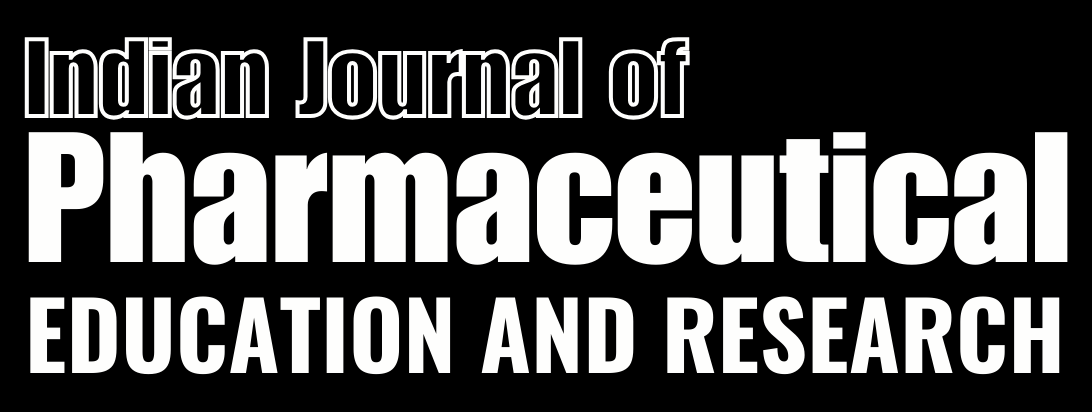ABSTRACT
Background:
Skin infections caused by bacterial pathogens pose a significant health concern, necessitating the exploration of innovative therapeutic approaches. This study aimed to investigate the potential therapeutic efficacy of Filipendula ulmaria extract-loaded chitosan nanoparticles against bacterial skin infections.
Materials and Methods:
The aerial part of the Filipendula ulmaria plant was extracted using the Soxhlet technique with water and methanol in a 70:30 v/v ratio. The resulting extract was utilized to formulate chitosan nanoparticles through the anionotropic gelation technique, which were subsequently incorporated into a gel matrix. The nanoparticles underwent comprehensive characterization for size, polydispersity index and entrapment efficiency percentage. Optimization was achieved using the Box-Behnken design, followed by in vitro-release testing. The nanogel underwent various analyses, including texture analysis, confocal laser scanning microscopy, dermatokinetic evaluation, stability assessment and antioxidant and antimicrobial activities.
Results:
The formulated nanoparticles exhibited a size of 100.5 nm, a polydispersity index of 0.2965 and an entrapment efficiency of 84.5%. The Korsmeyer-Peppas model exhibited the best fit with a linear correlation coefficient of R²=0.95. Comparative analysis with the conventional drug (tetracycline) highlighted the superior dermatokinetic performance of the nanostructure on both epidermal and dermal skin layers, along with enhanced antioxidant scavenging activity. Minimum Inhibitory Concentrations (MIC) for inhibiting the growth of B. subtilis ranged from 9.07±0.53 to 16.88±0.51 and for E. coli ranged from 8.2±0.48 to 19.11±0.74, with the highest value observed for the 60 mg nanoformulation.
Conclusion:
The Filipendula ulmaria extract-loaded chitosan nanogel demonstrated potent efficacy against bacterial pathogens, suggesting its potential as a natural agent for the treatment of bacterial skin infections


